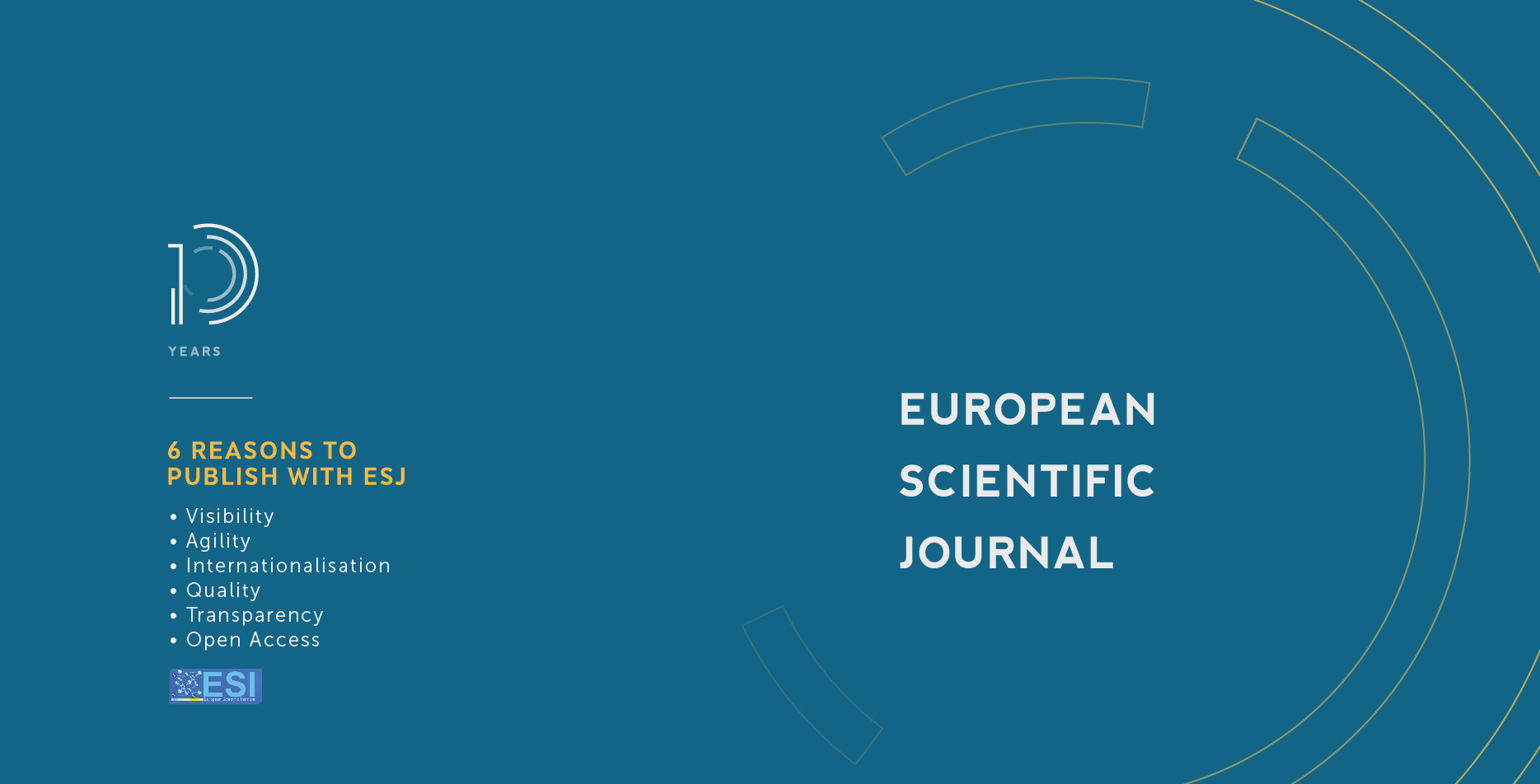The Contribution of Internal Audit to the Performance of the Internal Control System
Abstract
Internal control is increasingly seen as the foundation on which the company relies to ensure, on the one hand, the effectiveness and efficiency of operations, the quality of information and compliance with laws, regulations and policies, and on the other hand, to prevent and control risks that may affect the achievement of objectives. Therefore, internal control encompasses all the different types of security that exist within the organisation to provide reasonable assurance that objectives are achieved. In short, through the deployment of an effective and efficient internal control system, a company is better equipped to achieve its objectives and avoid pitfalls and imponderables. Furthermore, internal auditors are part of the steering framework. Thus, they have the possibility to carry out evaluations, whether permanent or punctual, on the other elements of internal control. Therefore, internal audit is an element of the internal control system, and its purpose is to ensure that all the company's operations are under control and that the company is managed efficiently and transparently. The ultimate objective of our research is to analyse the role of internal audit as a performance tool of the internal control system.
Downloads
Metrics
PlumX Statistics
References
2. Renard, J. (2010). "Théorie Et Pratique De L’audit Interne ", 7éme Edition, Eyrolles, Paris.
3. Joanne M. Flood. (2016). " Wiley Practitioner's Guide to GAAS " John Wiley & Sons.
4. Canadian Institute Of Chartered Accountants, (1995), " Guidance On Control – Criteria Of Control (Coco) ", Toronto, Ontario, Canada.
5. COSO, PWC, IFACI. (2014), " Référentiel Intégré De Contrôle Interne : Application Au Reporting Financier Externe ", Paris, Eyrolles.
6. Leech, Tim. J. (1997) "A methodology to address everything that is wrong with traditional auditing: Control & risk self assessment ", United States.
7. L’IIA. (2012). " International Standards for the Professional Practice of Internal Auditing (Standards)".
8. Paul Collier. (2009). " Fundamentals of Risk Management for Accountants and Managers- Tools and Techniques " Taylor & Francis.
9. Pigé. B. (2008). "Gouvernance, Contrôle Et Audit Des Organisations ", Edition ECONOMICA, Paris.
10. S. Moran & R. Karal. (2013). " The Board of Directors and Audit Committee – guide to Fiduciary Responsibilities" Amacom.
11. Olivier Lemant. (2003). " L’audit Interne ", Edition E-Theque.
12. John S. Hughes. (2011). " Optimal internal audit timing ", American Accounting Association.
13. Robert Obert Marie-Pierre Mairesse. (2009)."Comptabilité Et Audit : Manuel Et Applications ", 2e Edition, Dunod, Paris.
14. Chakravarty, Ranjita; Topper, Frank. "Risk and Control Self-Assessment (RCSA): A useful complement to information systems audits at Stanford University, United States, 2001.
15. John J JJ, McNeil, Parker, Anna V AV; Brooks, Megan M; Skiba, Bradley R BR; McNeil, Crammond. (2011). "Self-audit as part of a research governance framework for health research", Australia.
16. Julien, P.A. & Marchesnay, M, (1988). " La petite entreprise", Edition Vuibert, Paris
17. IIA-International Profesionna Practices Framework. Implementation Guide 2130.
Copyright (c) 2022 Achraf Daif, Azegagh Jalal

This work is licensed under a Creative Commons Attribution-NonCommercial-NoDerivatives 4.0 International License.








